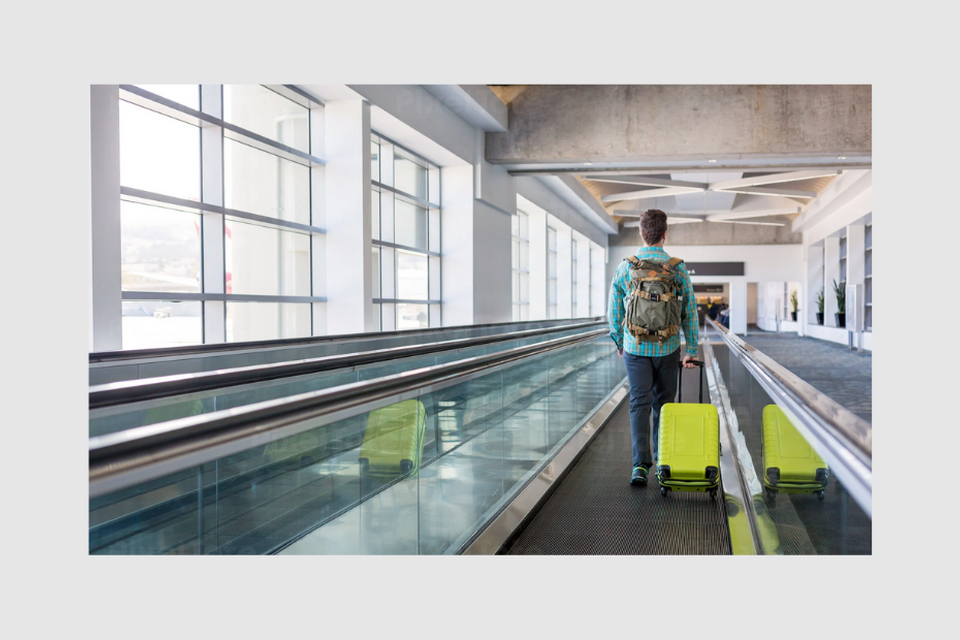My father had a sign on his office wall that said, "Today is the tomorrow you worried about yesterday". Alfred E. Neuman kept it simpler, saying, "What, me worry?"
Investment pundit Howard Marks of Oaktree Capital Management has some ideas on where we are, how we got here and what we should worry about. An article he wrote in December of 2022 and in follow ups that he has written up to this month, shows an interesting path that we he feels we are on.
In 2008, in response to the Great Recession or the global Financial Crisis, the Federal Reserve instituted an unprecedented policy of taking the fed funds rate to zero and as inflation stayed relatively flat, kept interest rates historically low for the next 13 years all the way up through 2021. This gave rise to the “longest economic recovery on record”. I cringe every time I hear that phrase. I questioned Rob Dietz, chief economist for the NAHB (National Association of Homebuilders) a couple of years ago when he used it in a speech. I asked him if perhaps he didn’t want to call this “the longest period of economic life support on record” instead and he actually admitted that was a valid comment. The Fed actually played a bit of a dangerous game in keeping interest rates that low for that long. They essentially used all the tools in the toolbox and had nothing left to prop up a failing market should they have needed to. Looking back, they were lucky it didn’t fail. What it did do was get us used to the lowest interest rates of our lives. As interest rates have been steadily declining since their peak rates of 1980, the great majority of people in the workforce have never operated in nor even seen increasing interest rate environment. 40 years of flat or declining interest rates have made investment easy, the cost of borrowing low and boosted corporate profits with low-cost money. Howard Marks uses the example of a moving walkway in an airport to describe the tailwind effect of low interest rates. When you are on that moving walkway, surrounded by other pedestrians, you are all walking at an artificially assisted pace that doesn’t feel fast to your senses……until you stop.
Low interest rates are a tail wind that makes flying feel heroic......when that wind is at our back. Higher interest rates will have a headwind effect, raising costs, squeezing profit margins and slowing growth so we will miss that extra speed as we lose the walkway assist. History may well say we waited far too long to begin to raise rates, because in the past two years we have raised them with unprecedented vigor, creating another risk as we do get off that moving walkway.
Manchester NH based ITR Economics who has been assisting businesses with financial forecasting for over 30 years under the leadership of Alan Beaulieu Home - ITR Economics looks at 2024 as a re-set year during which the economy slows, gathers its wits and says some markets will experience a mild recession, nothing crazy, but a necessary slow down. Home buyers need to catch their breath, manufacturers need to get pricing, lead times, and quality under better control. Value and deadlines, two elements that COVID significantly disrupted will now be in the cross hairs of clearer consumer focus. There is still a large backlog demand for housing (we are not overbuilt as we were in 2008), lenders have been reasonably careful with credit (unlike 2008) and younger buyers have decided they really do want to own houses unlike 10 years ago. This all adds up to a pretty optimistic picture for the rest of this decade. The pace will not be quite that mad dash of the past three years, but it will be steadier and will reward good business operators who don’t take their markets for granted and who are disciplined in how they respond to conditions around them. This is not our father’s housing market….it is ours, to figure out for ourselves. Conditions are favorable, keep your eye on the trim of your sails and keep your hand on the wheel. Just don’t take the wind for granted!
